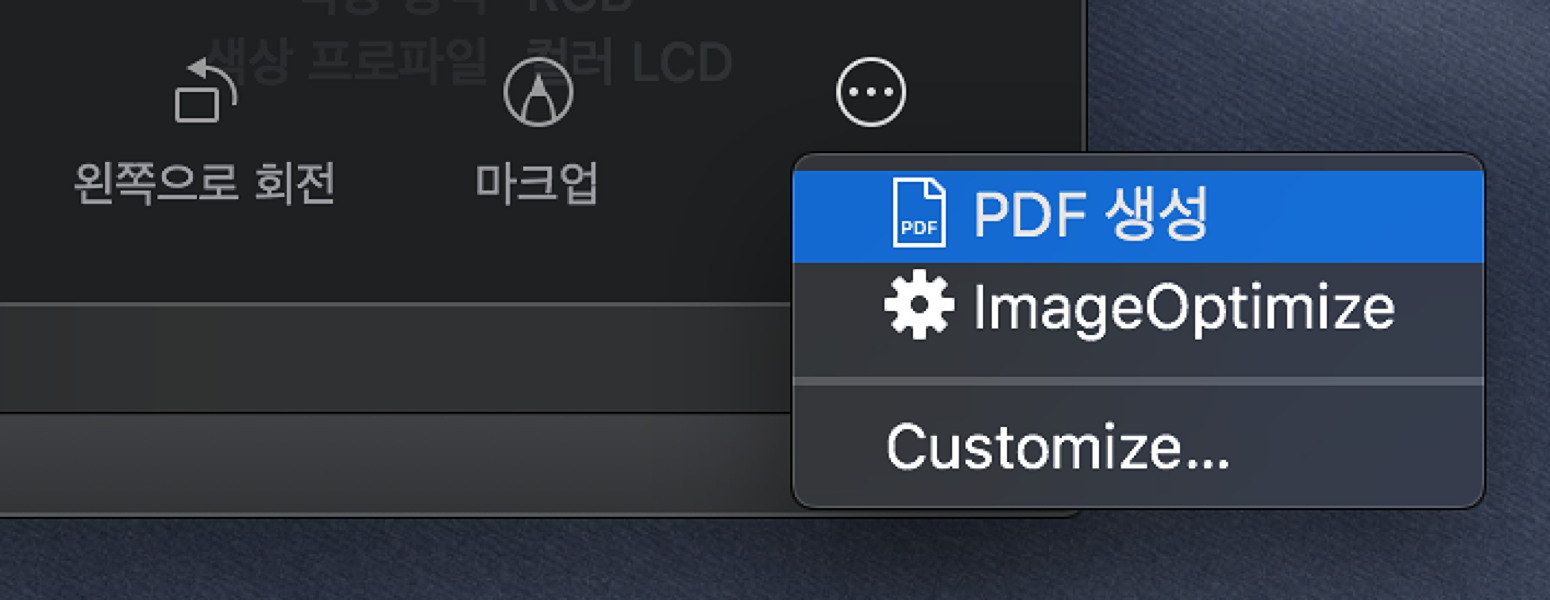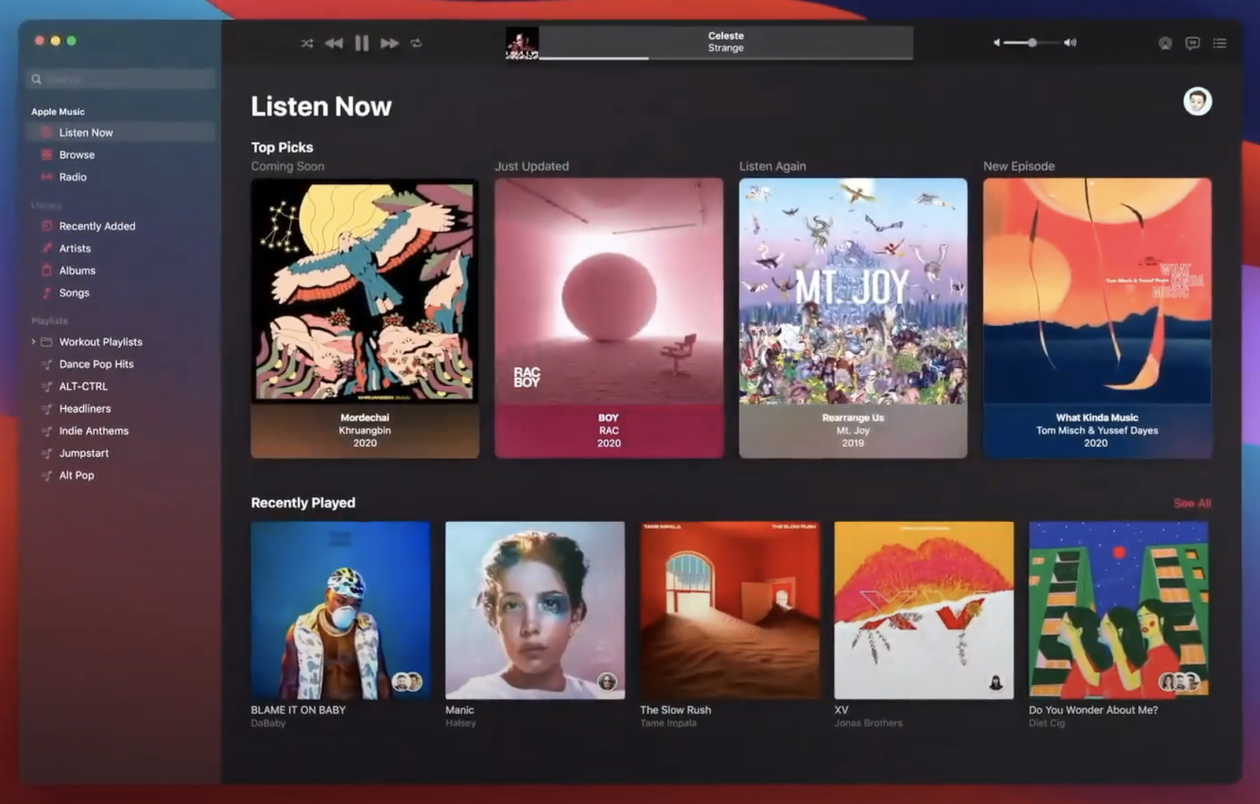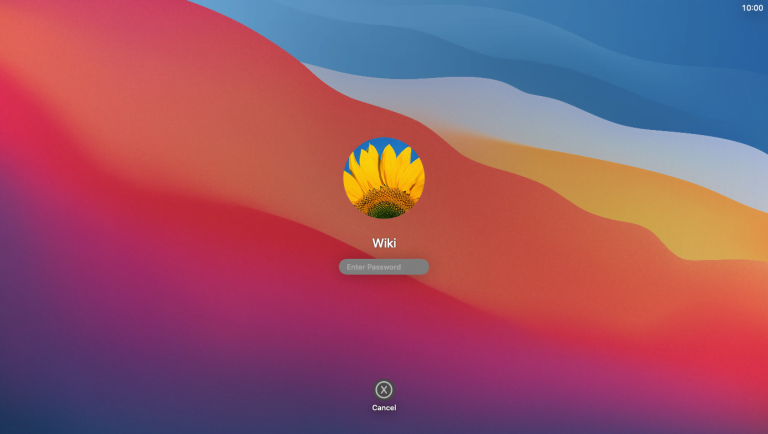
MACOS MOJAVE VS BIG SUR MAC
But much more important, it will be possible to track a lost or stolen Mac even if it’s asleep and offline. The most obvious change is that in Catalina Find My will lose the iPhone part of its name and get its own app – in Mojave you access the Find My service via iCloud in an online portal. Find My iPhone has been around for years, but it gains some useful Mac focused features in Catalina. It can also be used in the same way to locate lost Apple Watches, iPads, and Macs.
MACOS MOJAVE VS BIG SUR UPDATE
One app that’s receiving a nice Mac-focused update is Find My.įind My iPhone is a useful service that means you can locate a lost or stolen iPhone (and wipe it so that there is no risk to your data ending up in the wrong hands). There are many other enhancements for existing apps. We’re a little less excited about Podcasts, but apparently there are 700,000 to be discovered. (Read all aboutĪpple’s streaming service here).
MACOS MOJAVE VS BIG SUR TV
The TV app will be the home of any films and shows you store on your Mac, as well as the place to go to access any of the services that will have their own dedicated Apple Channels and the Apple TV+ content that started streaming in November 2019. Your music library and (if you subscribe) Apple Music will be accessible via a more user-friendly interface in the Music app, and syncing your iPhone or iPad with your Mac will now be done via the Finder. Apple actually joked in the keynote at WWDC about how they could have added all sorts of other things to iTunes, but luckily they decided enough was enough and overhauled the whole thing. iTunes was becoming very bloated, it was just doing too much.

But don’t fear, all your music will just be moved into the Music app where it will enjoy a less cluttered existence. That’s correct: in Catalina iTunes is no more.

Those three apps replace a somewhat ageing stalwart of macOS: iTunes. We say ‘new’ but they will be familiar from iOS: Music, TV and Podcasts. Thanks to Catalyst in Catalina Apple has bought three ‘new’ entertainment apps to the Mac. Apple used it in order to port some of its iOS apps to the Mac, so we saw News, Stocks, Home and some other iOS apps arrive on the Mac in 2018. Project Catalyst actually had a sort of practice run in Mojave, although back then it was known as Marzipan. But the new OS is paving the way for even more Mac apps, which is a good thing. If you were expecting an influx of third party apps arriving on the Mac you’ll be disappointed though as there haven’t been many. With the arrival of Catalina Apple introduced a simple way for developers to port their apps over to the Mac. Some developers (such as Twitter) originally made two separate apps and then ditched the Mac app because of the work involved. Prior to Catalyst the amount of time and money involved in creating two different apps, one for iOS and one for Mac, meant that developers focused on the more profitable and popular iOS. Project Catalyst is Apple’s strategy for getting iOS developers to start porting their apps to the Mac. However, there are other changes that will hopefully mean more of your favourite iOS apps will be making their way to the Mac and we’ll talk about that next. While Sidecar means you can essentially run macOS on your iPad, as long as you are within 10 meters of your iPad at least, it doesn’t mean that you can run iOS on your Mac – it doesn’t work in the other direction. The same applies to Images, PDFs, and other types of file you might just have been dumping on your Desktop. If you want to find the screenshot you just took, click on the Screenshots Stack.

As a result, rather than have 100 screenshots saved on your Desktop, all your screenshots would be shuffled into a Stack (a sort of folder). There are also some interesting features relating to accessibility in Catalina: with Catalina installed it is possible to choose from new colour filter options that could make the screen easier to read.Īnother big change that arrived in Mojave was Desktop Stacks, which helped everyone clear up their cluttered Desktops. In Catalina you will be able to set Dark Mode to come on automatically later in the day. If you prefer to use Light Mode during the day, and Dark Mode at night you will need to toggle between the two. In Mojave all you can do is choose between Dark Mode and Light Mode. In Catalina there is one major enhancement coming to Dark Mode. It was a popular feature with those who work in darker environments and designers who want to the menus to fade into the background while they work on images. Mojave’s Dark Mode turned the colour down on every element of the interface systemwide.


 0 kommentar(er)
0 kommentar(er)
